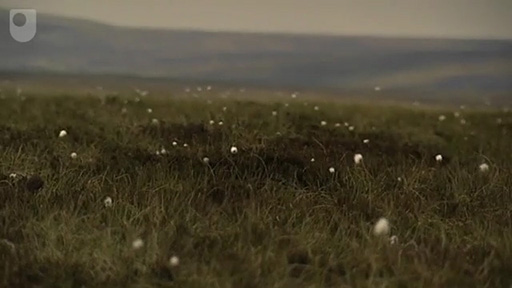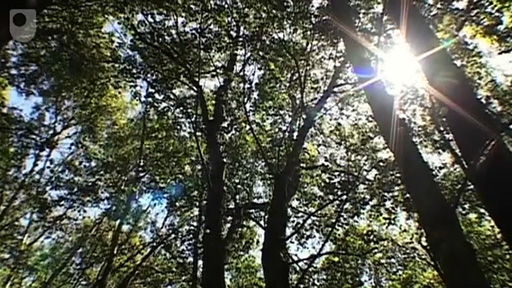1 The carbon cycle
Dr Vince Gauci describes how carbon that plants have fixed from the atmosphere moves through an ecosystem and eventually is returned to the atmosphere. Carbon can be stored for long periods in the natural environment.
When you've watched the video think of some examples of places where carbon is stored.

Transcript
The peatbog problem
Life on earth is carbon based. A key feature of ecosystems is the passage of carbon through the system as part of the carbon cycle. Solar energy is captured in the leaves of plants and drives the incorporation of carbon into organic molecules. Carbon dioxide, in effect, combines with water to produce simple molecules. The process is called photosynthesis and in this video Sir David Attenborough describes it as the very basis of life.
How does the availability of light, water, carbon dioxide and nutrients affect the productivity of an ecosystem?

Transcript
How plants make food
